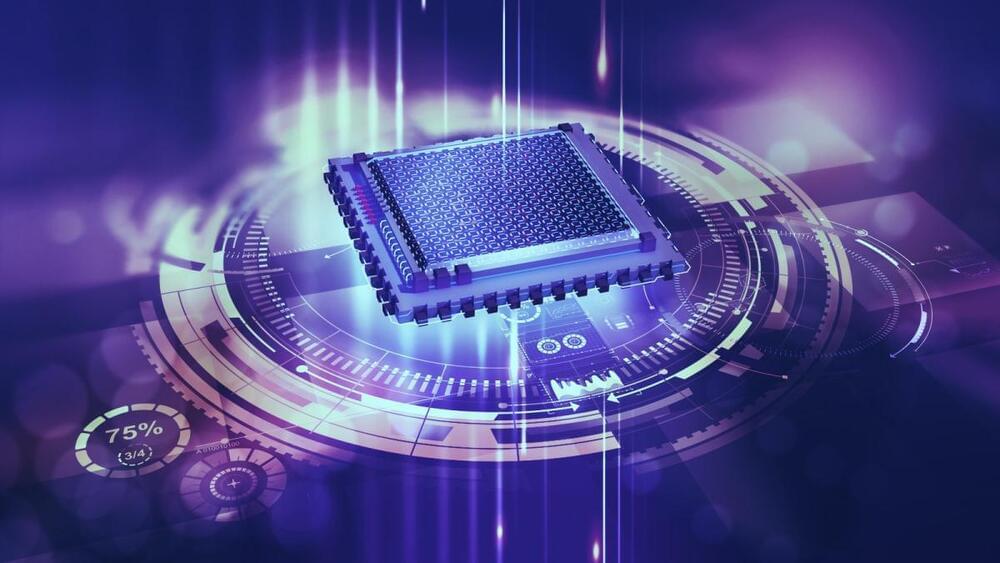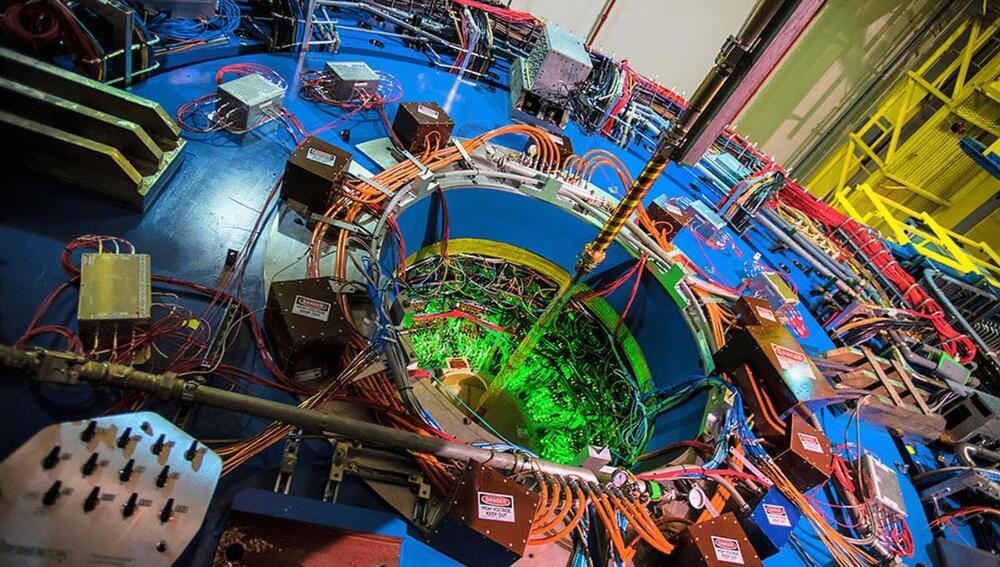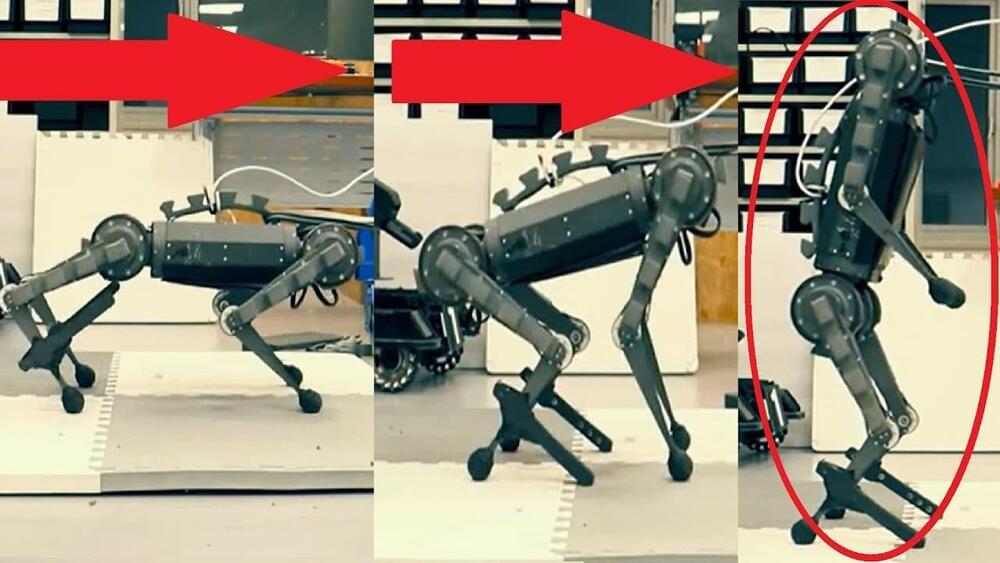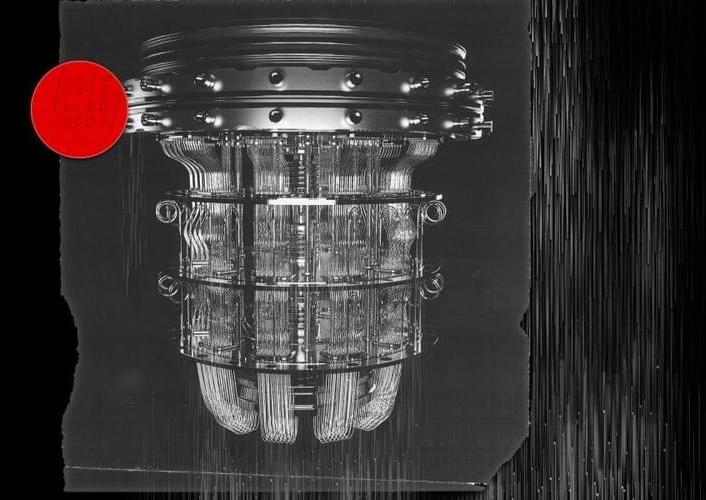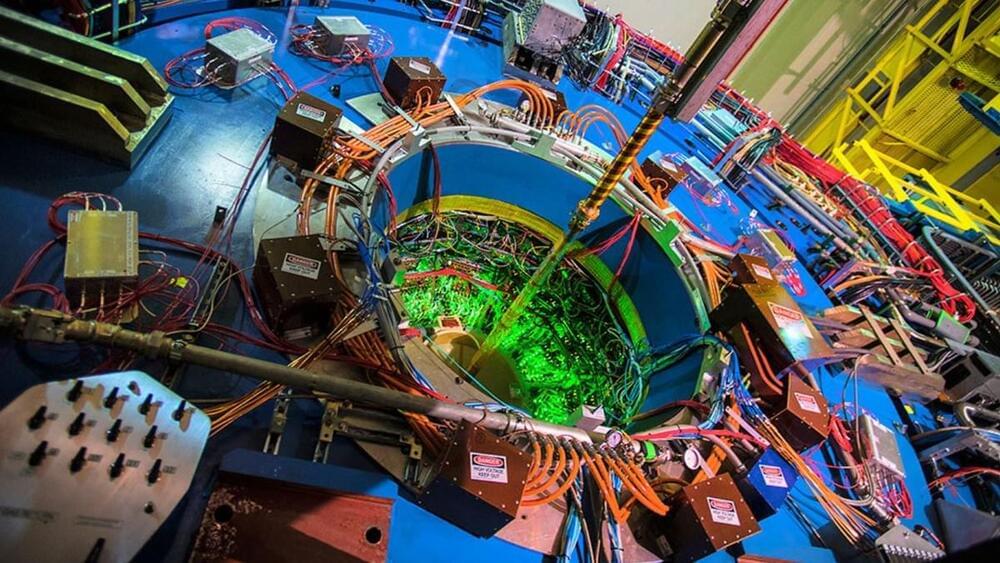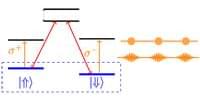Skeptical technology experts believe the declaration is a hoax intended to cause panic.
Category: quantum physics – Page 396
Over the past few decades, several imaging protocols based on quantum technologies have been realized1,2, which have expanded the application capabilities of optical imaging. These include ghost imaging (GI)3,4, quantum imaging with undetected photons (QIUP)5, and interaction-free measurements (IFMs)6,7. The quantum GI scheme relies on the spatial correlations of entangled photon pairs and requires two-photon coincident measurements. Furthermore, ghost imaging can also be realized with classical intensity-fluctuation correlations8. Later, various single-pixel imaging (SPI) protocols were proposed9,10,11,12,13, where the spatial correlations are not between two photons but between one photon and a programmable mask held in a spatial light modulator (SLM).
In contrast to modern digital cameras employing array sensors to capture images, SPI use a sequence of masks to interrogate the scene along with the correlated intensity measurements by a single-pixel detector. The spatially resolved masks are usually generated by computer and displayed by SLM. Combined with compressive techniques10, the number of sampling measurements is fewer than the total number of pixels in the image. Thereby, SPI can reduce the data processing requirement, and shows potential capability for high dimensional sensing12. On the other hand, the modern single-photon detector is featured by improved detection efficiency, lower dark counts, and faster timing response14. Such enhancements have significance to applying SPI into weak signal detection scenarios, such as scattering medium imaging or long-range 3D imaging11.
The QIUP scheme is based on induced coherence (IC), which was first proposed by Zou, Wang, and Mandel15. They used two photon sources to generate photon pairs. By overlapping path of two sources for one photon (idler)15,16,17 and establishing the so-called path identity18,19, there is no information about the origin of the other photon (signal). Thus, the signal photon is in the superposition state of being created in either of the sources. The phase and transmissivity of the idler photon are encoded in the interference of the signal photon. Inserting one object onto the idler path between two sources, one can obtain images exclusively with the signal photons which have no interaction with the object5. In contrast to GI, QIUP does not involve the detection of the photon illuminating the object or any coincidence measurement. This is an advantage of QIUP, as the wavelength of the detected photon can be chosen independently from that of the photon interacting with the object5. This concept was further explored in infrared (IR) spectroscopy20, optical coherence tomography21,22, mid-IR imaging23,24,25, terahertz (THz) sensing26, biological microscopy27, and holography28. Recently, the related SU(1,1) interferometer has been investigated and employed in quantum-enhanced metrology29,30,31,32,33.
It has long been known that one day quantum computers will probably be able to crack the RSA encryption method we use to keep data safe, but a team of researchers is now claiming it is already possible, while others say the results require more scrutiny.
Researchers demonstrated high-visibility quantum interference between two independent semiconductor quantum dots — an important step toward scalable quantum networks.
Last year’s Nobel Prize in Physics celebrated the fundamental interest of quantum entanglement, and also envisioned the potential applications in “the second quantum revolution” — a new age when we are able to manipulate the weirdness of quantum mechanics, including quantum superposition and entanglement. A large-scale and fully functional quantum network is the holy grail of quantum information sciences. It will open a new frontier of physics, with new possibilities for quantum computation, communication, and metrology.
One of the most significant challenges is to extend the distance of quantum communication to a practically useful scale. Unlike classical signals that can be noiselessly amplified, quantum states in superposition cannot be amplified because they cannot be perfectly cloned. Therefore, a high-performance quantum network requires not only ultra-low-loss quantum channels and quantum memory, but also high-performance quantum light sources. There has been exciting recent progress in satellite-based quantum communications and quantum repeaters, but a lack of suitable single-photon sources has hampered further advances.
Positively and negatively charged versions of the same particle have been entangled for the first time, allowing us to map the hearts of atoms more precisely and opening the doors to more powerful communication tools.
The neutrons and protons that make up the nuclei of atoms are, in turn, composed of quarks. However, quarks alone would be unstable; they need gluons, the carriers of the strong force, to hold them together. Gluons are orders of magnitude too small to see, even with the most powerful microscopes – but they can still interact with photons to produce exceptionally short-lived rho particles that decay to charged two-quark particles called pions.
By measuring the angles and speed at which the positive and negative pions (π+ and π-) emerge, scientists at the Brookhaven National Laboratory have created a map of gluon distribution within the nuclei of gold and uranium atoms. They report this map to be the most precise description of the inner workings of an atomic nucleus.
Deep Learning AI Specialization: https://imp.i384100.net/GET-STARTED
AI researchers aim to achieve stability, speed, manipulability and a gain in operational height from for the robot by using machine learning and a 3D printed stick on the robot’s hind legs to allow quadruped transformers to become a humanoid biped robot and walk. Quantum researchers designed a machine learning-based method that shows how artificial controllers can discover non-intuitive pulse sequences that can rapidly cool a mechanical object from high to ultra cold temperatures, faster than other standard methods, which could be used to advance quantum computers. Researchers used deep reinforcement learning to arrange atoms into a lattice shape, which could be used to create new materials and nano devices, including a robot arm mate of atoms.
AI News Timestamps:
0:00 Transformers Robotics Tech.
2:39 Artificial Intelligence To Control Quantum Computer.
5:21 New Nano Scale Robot Arm.
#technology #tech #ai
This story is a part of MIT Technology Review’s What’s Next series, where we look across industries, trends, and technologies to give you a first look at the future
In 2023, progress in quantum computing will be defined less by big hardware announcements than by researchers consolidating years of hard work, getting chips to talk to one another, and shifting away from trying to make do with noise as the field gets ever more international in scope.
Scientists at Brookhaven National Laboratory have uncovered an entirely new kind of quantum entanglement, a phenomenon that causes particles to become weirdly linked, even across vast cosmic distances, reports a new study. The discovery allowed them to capture an unprecedented glimpse of the bizarre world inside atoms, the tiny building blocks of matter.
The mind-bending research resolves a longstanding mystery about the nuclei of atoms, which contain particles called protons and neutrons, and could help shed light on topics ranging from quantum computing to astrophysics.
Quantum computers hold the promise of performing certain tasks that are intractable even on the world’s most powerful supercomputers. In the future, scientists anticipate using quantum computing to emulate materials systems, simulate quantum chemistry, and optimize hard tasks, with impacts potentially spanning finance to pharmaceuticals.
However, realizing this promise requires resilient and extensible hardware. One challenge in building a large-scale quantum computer is that researchers must find an effective way to interconnect quantum information nodes—smaller-scale processing nodes separated across a computer chip. Because quantum computers are fundamentally different from classical computers, conventional techniques used to communicate electronic information do not directly translate to quantum devices. However, one requirement is certain: Whether via a classical or a quantum interconnect, the carried information must be transmitted and received.
To this end, MIT researchers have developed a quantum computing architecture that will enable extensible, high-fidelity communication between superconducting quantum processors. In work published in Nature Physics, MIT researchers demonstrate step one, the deterministic emission of single photons—information carriers—in a user-specified direction. Their method ensures quantum information flows in the correct direction more than 96 percent of the time.
While multiphoton entangled states are the essential building blocks of quantum photonic technologies, large-scale production of such states has proven to be difficult. This study utilizes the unique structure of hole spins in quantum dot molecules to propose an approach that overcomes many of the existing obstacles in the deterministic generation of such states. With high fidelity and production rates that are unmatched among currently available protocols, this proposal seems quite promising as a basis for tomorrow’s optical quantum communication hardware.
